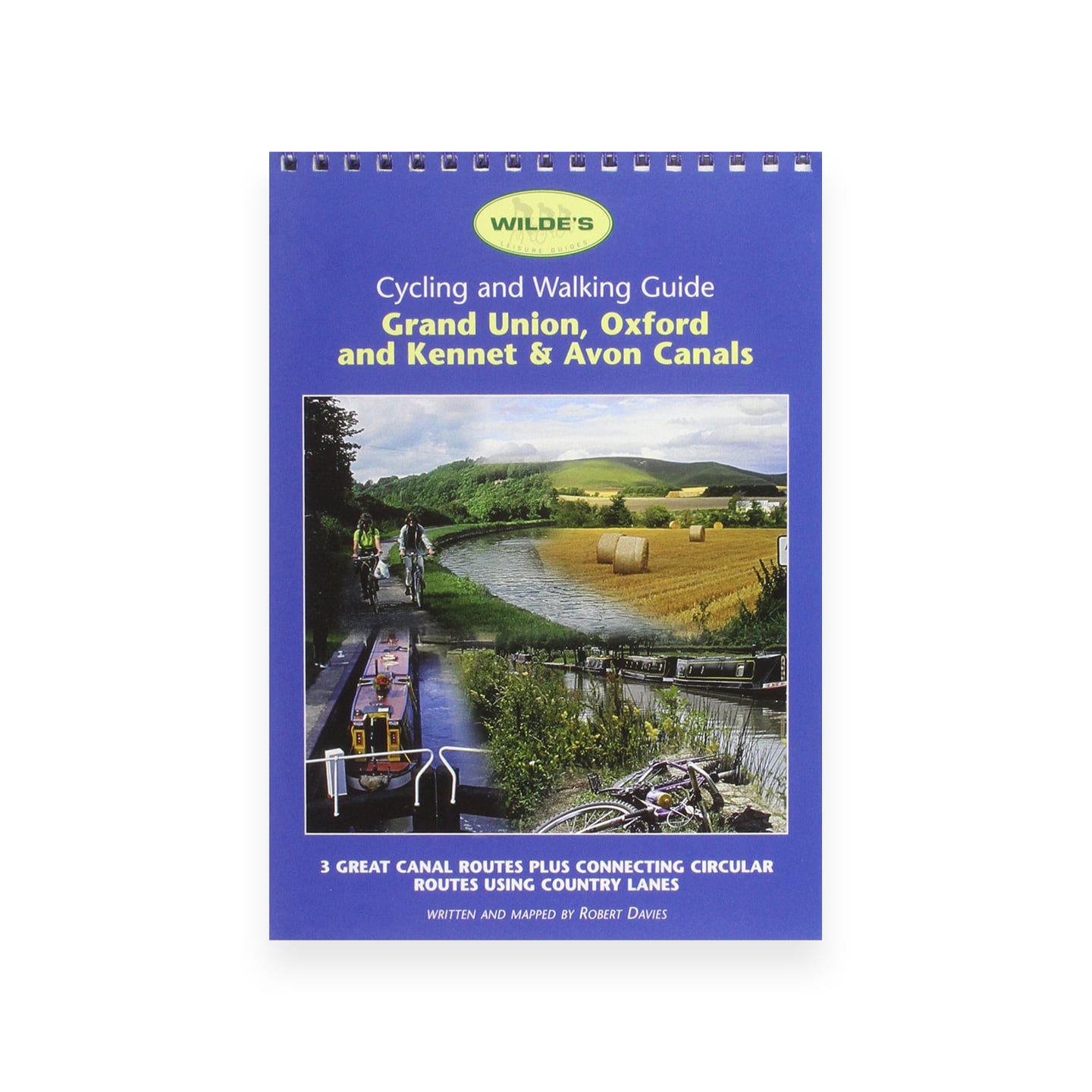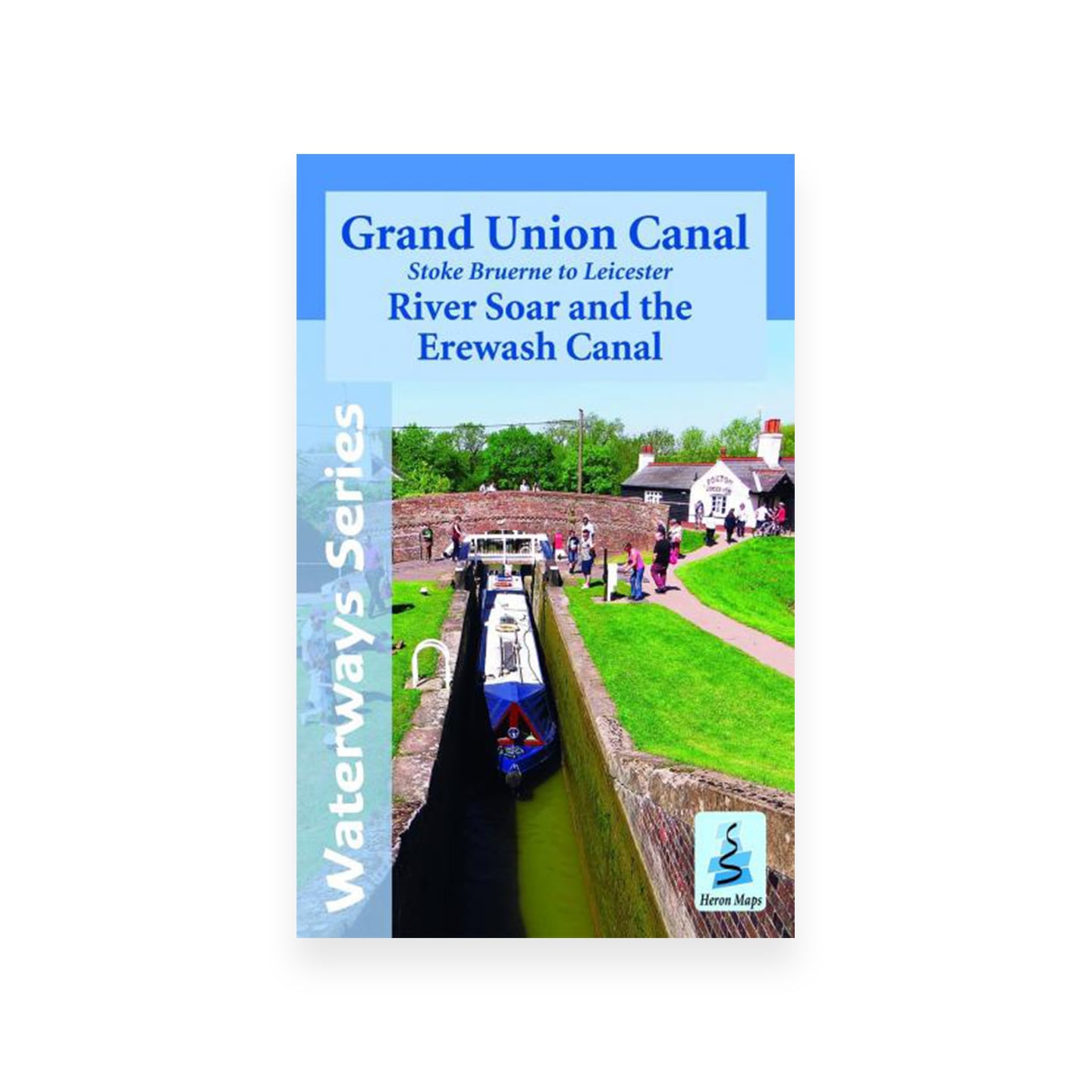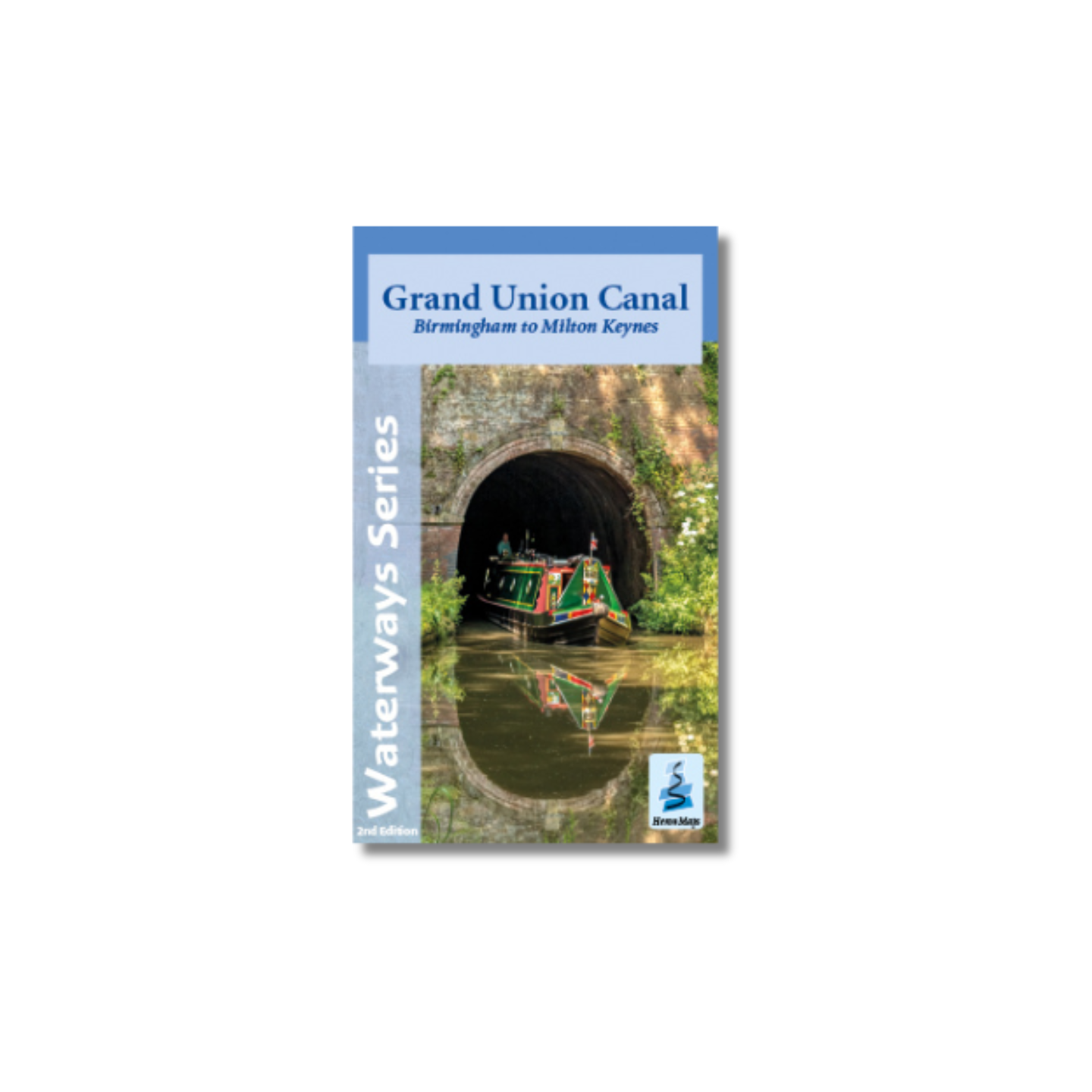History
The townspeople of Aylesbury had to lobby for nearly 20 years to get their canal built. Plans were not put forward until the main line of the Grand Junction Canal was built through Marsworth, which was opened in 1799. In August 1800, people in Aylesbury offered to raise enough money to build a railroad to the town. The Grand Junction Canal Company agreed and ordered the cast-iron rails, but by the end of the year had changed their mind, and the rails were delivered to Wolverton where they were used in construction of an embankment. The reason for the change of mind was plans to build a canal linking the Grand Junction Canal at Marsworth with the River Thames at Abingdon – a scheme known as the Western Junction Canal, and favoured by the proprietors of the Wilts & Berks Canal.
There followed a period of about 12 years where a series of different plans and ideas were put forward by different interests, including a rival scheme (the Western Union Canal) to connect the Grand Junction Canal at Cowley with the Thames near Maidenhead, which was favoured by the Kennet & Avon Canal Company. However, it was clear, that there was insufficient trade to build both canals, and each proposal frustrated the other. By 1811, a Bill to promote the Western Junction Canal had failed in parliament, and the Grand Junction Canal Company agreed to build a branch canal to Aylesbury, which would have narrow locks to save water. The Arm eventually opened in 1814 or 1815 (historical sources differ as to which), at about the same time as completion of additional reservoirs for water supply to the Grand Junction Canal at Marsworth.
Traffics dwindled with rail and road competition. A branch rail line from Cheddington, on the west coast main line, to Aylesbury had opened in 1839, but regular traffic on the canal arm still included coal to the town’s power station, Aylesbury Condensed Milk Company (later Nestle’s) factory, the Aylesbury steam laundry and domestic consumers. There was also grain, straw board and timber from Brentford. However virtually all traffic had ceased by the late 1950s and the canal was in danger of closure and became a cause for campaign for IWA, which held its National Rally at the Canal Basin the town on August Bank Holiday 1961. A small hire boat operation was established in the basin and Aylesbury Canal Society formed in 1971. The Society operated from the Canal Basin at the Head of Navigation until 2013 when it moved to a purpose built marina and club house at Circus Fields in 2013 as part of a deal to enable redevelopment of the town around the Basin.




